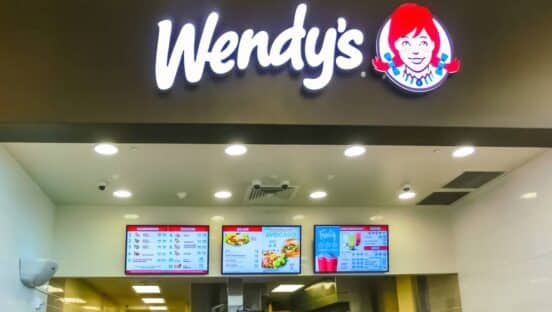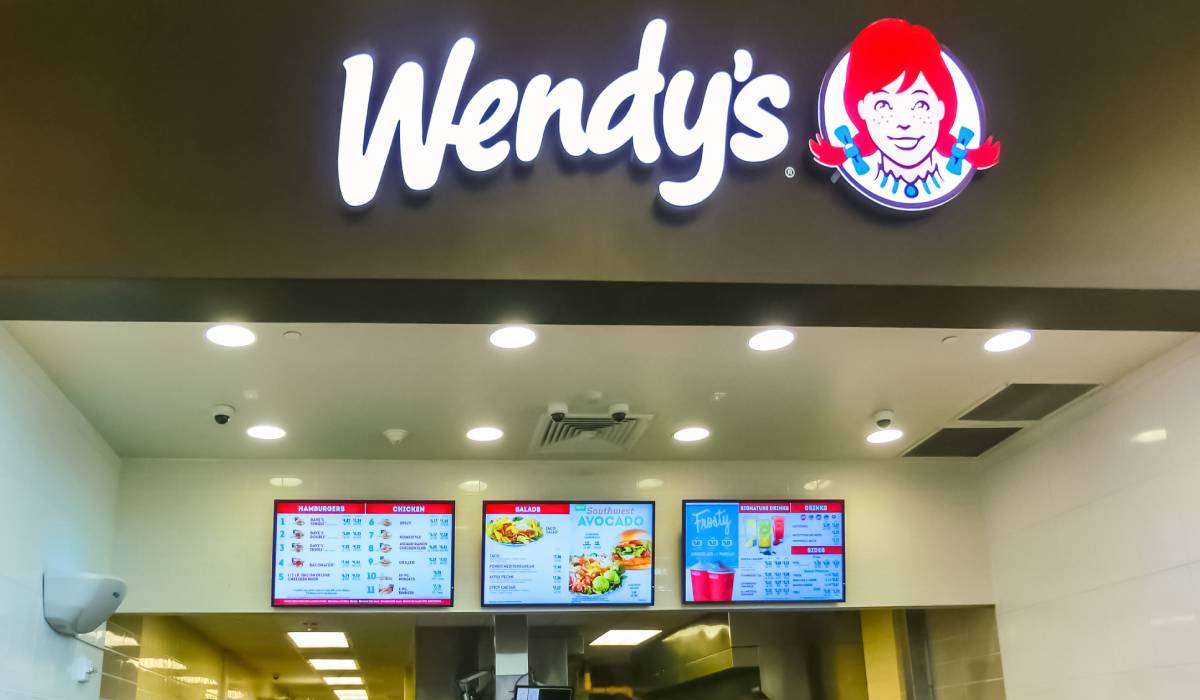Over the past week, there has been a lot of commotion over Wendy’s, which first announced a “Dynamic Pricing” initiative, then retrenched, describing an initiative that sounded like either daypart pricing or discount automation. Announcing a “Dynamic Pricing” strategy six months ago wouldn’t have created a firestorm, but circumstances have changed. We are now on the tailend of a waning hype-cycle coinciding with consumer inflation fatigue. So it’s a vastly different situation. The Technorati can wag their fingers at “ignorant consumers,” but it’s not going to make them embrace “Dynamic Pricing” any more than they love taxes.
Rebranding “Dynamic Pricing”
Digital menu engineering, revenue management, and marketing automation have been gradually rebranded over the past few years as “Dynamic Pricing,” and repercussions are here. The most honest argument in favor of “Dynamic Pricing” is that it has proven economic benefits for industries like travel and rideshare. What restaurant CEO doesn’t aspire to achieve the consumer brand affinity of Spirit Airlines? The other argument is completely disingenuous and self-serving. Conflating happy-hour, meal-period pricing, dynamic displays, and targeted discounts with “dynamic pricing” is inaccurate and creates confusion. The definition of Dynamic Pricing is not ambiguous: constantly changing prices of products based on consumer demand, usually used for products with constrained inventory or availability.
MORE ON THE STORY:
Where Wendy’s Went Wrong in its Communication of Dynamic Pricing
Crafting Perception: The Art of Restaurant Pricing
Why Dynamic Pricing is a ‘Golden Opportunity’ for Restaurants
Dynamic pricing is used for airline seats because there are a limited number of seats on each flight. So the sale of one shrinks the inventory and affects the price of the next. The narrow use of dynamic pricing in restaurants today is in online channels. But with limited utility, the definition expanded faster than adoption. Jargon sprawl ensued as “Dynamic Pricing” hit the technology hype-cycle during peak inflation. Variable pricing, like time of day-or day-of-week pricing (differential pricing) is NOT the same thing as dynamic pricing even if it’s implemented in a digital display. Variable pricing can be dynamic—but dynamic is about how it is implemented. Most of the things being called “Dynamic Pricing” aren’t dynamic—so why call it something that the consumer has told us repeatedly they dislike?
Getting Back to Business as Usual
Pricing has always been a “third rail,” especially in a restaurant industry that caters to peoples’ fundamental needs. The sector is prone to regulatory scrutiny due to heavy franchising. The period of extreme inflation gave an unusual amount of latitude for unconventional pricing, but that is not the norm. What IS historically normal is people reacting with righteous indignation over pricing practices they perceive as unfair or deceptive. It doesn’t matter if they are right or wrong—their perception is our reality and it triggers the firestorms that need to be contained. Pricing strategy is about balancing perceived value with price. For brands that sell an experience and emotional connection that can be fragile. Brands often don’t know they’ve disrupted that balance until they’ve damaged the relationship with the customer. For decades I’ve been one of the resources many restaurant brands turn to for pricing advice—unfortunately it’s often after they have already made mistakes, and big pricing mistakes are hard to fix.
Pricing: Transparent, Forgettable, Invisible
The best prices are ones no one notices or thinks about, the more you draw attention to the price the more you make your brand about price instead of all the intangible experiential value you provide. Unless you’re the low-price leader, everyday prices should be competitive, carefully managed, and, when presented, they should appear transparent to the point of being nearly invisible or forgettable. Businesses should not draw attention to pricing activity—and the vendors they choose should be equally adept at practicing discretion. The business of professional pricing has always been discrete, precisely because pricing has the power to incite the mob and regulators. Neither of the predictive analytics companies I founded were “pricing companies” (including my current Decision Intelligence company) but I estimate the pricing tools I’ve built have priced more than 30 million item prices. There are very few U.S. companies in that league, and none of the leading companies identify themselves as “pricing” companies. That’s by design because pricing is just one lever, and with experience comes awareness of the importance of discretion when working so close to the “third rail.”
Is Rebranding Old Practices Innovation?
The first time I was asked to price a menu was in the early 1990s as F&B director at a resort in the Rockies. We were heading into peak season and our Hungarian chef, George, gave me binder of recipes and a Sysco pricing guide. His instructions were simple:
- Calculate the plate cost of each recipe, make three price levels for each using a 3x, 4x, and 5x recipe cost multiplier. Code menus high to low price level 1 through 3.
- Make a template for the daily blackboard specials and vary price with the hotel occupancy.
- Change menu price levels based on meal period (lower at lunch versus dinner) and by hotel occupancy (groups in-house and daily rates/room discounts).
George had never taken a course in revenue management, but his plan looked like it was from a textbook (one that would be written 10 years later). All I did was speed things up by entering recipes into a “modern” lotus-123 spreadsheet. Decades later, with the benefits of machine vision, eye tracking, dynamic displays, and machine learning, we can do better than re-running variations of George’s playbook and labelling it “Dynamic Pricing.”
When architecting “smart” features for order and display systems the biggest opportunities are in dynamic bundling, featured menu display, and recommendation engineering. Displaying the right bundles, products, and upgrades in the right place on a display (board, mobile device, kiosk, and print) for the right customers can drive 3–5x more revenue per hour than simply changing product prices, and with less risk of customer backlash. Giving customers the option to respond to tailored recommendations and self-select into paying more for things that make their experience better instead of just paying more for the same, improves satisfaction and intent to return while reducing friction, service times, and improving profit. Most systems haven’t connected all the dots yet, but this is where things are going, and it’s increasingly supplemented with custom integrations and the support of data science providers giving a “boost” to previously unsophisticated systems.
Wendy’s was right to walk back a statement that the public vilified. And the rest of us need to pay attention. Pricing is a lightning rod once again, and how we talk about it matters because consumers are listening.
Mike Lukianoff is the CEO of Extropy 360.








